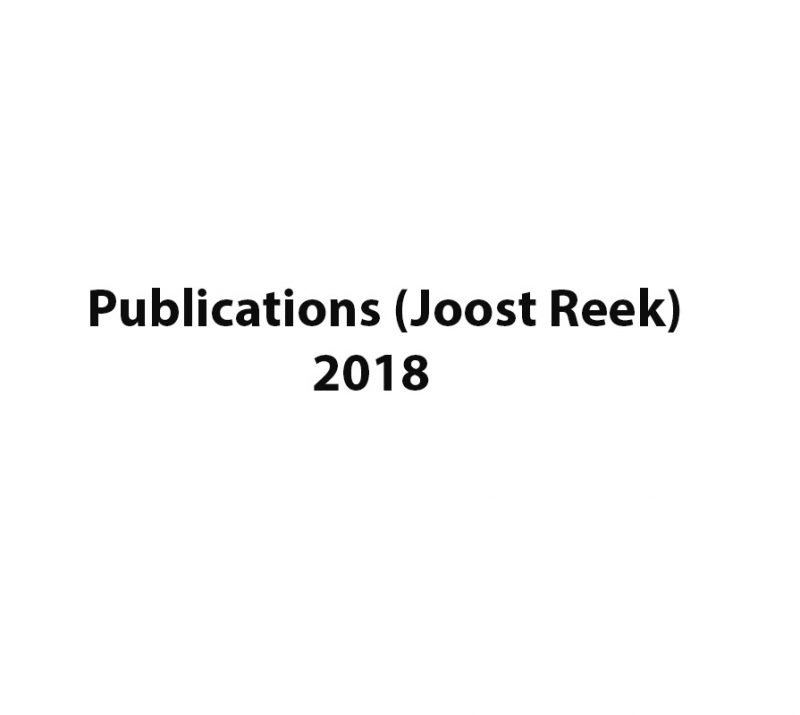
David A. Poole III, Eduard O. Bobylev, Bas de Bruin, Simon Mathew, and Joost N. H. Reek
Inorganic Chemistry, 2023, 62(14), 5458-5467
DOI: 10.1021/acs.inorgchem.2c04404

Abstract
Spherical three-dimensional (3D) cages composed of palladium(II) and pyridyl ligands are a mainstay of supramolecular chemistry with demonstrated catalytic and optoelectronic applications. The widely reported self-assembly of these palladium-based cages exhibits sensitivity to the solvents, reagents, and/or reactants employed. This sensitivity, and the resulting inconsistency between synthetic protocols, hinders the development of desirable palladium-based cages. We have found that pyridyl ligand substitution─the rate-limiting step of self-assembly─is facilitated by endogenous supporting ligands derived from the solvents, reagents, and reactants employed in synthetic protocols of palladium- and platinum-based assemblies. Here, we present a systematic investigation combining 1H-NMR, electrospray ionization mass spectrometry (ESI─MS), and absorption spectroscopy to characterize the intermediates to support the mechanism of pyridyl ligand substitution on a model complex, M(py)2 (M = (N,N,N′,N′-tetramethylethylenediamine)palladium(II), py = pyridine), under simulated synthetic conditions for self-assembly. Our investigation exposes mechanisms for pyridyl ligand substitution, featuring intermediates stabilized by solvent, anion, or (in situ formed) alkoxide moieties. Interrogation of destabilizing agents (2,2,2-trifluoroethanol and tetra(n-butyl)ammonium chloride) reveal similar mechanisms that ultimately facilitate the self-assembly of coordination cages. These findings rationalize widely reported solvent and anion effects in the self-assembly of coordination cages (and similar constructs) while highlighting methodologies to understand the role of supporting ligands in coordination chemistry.


